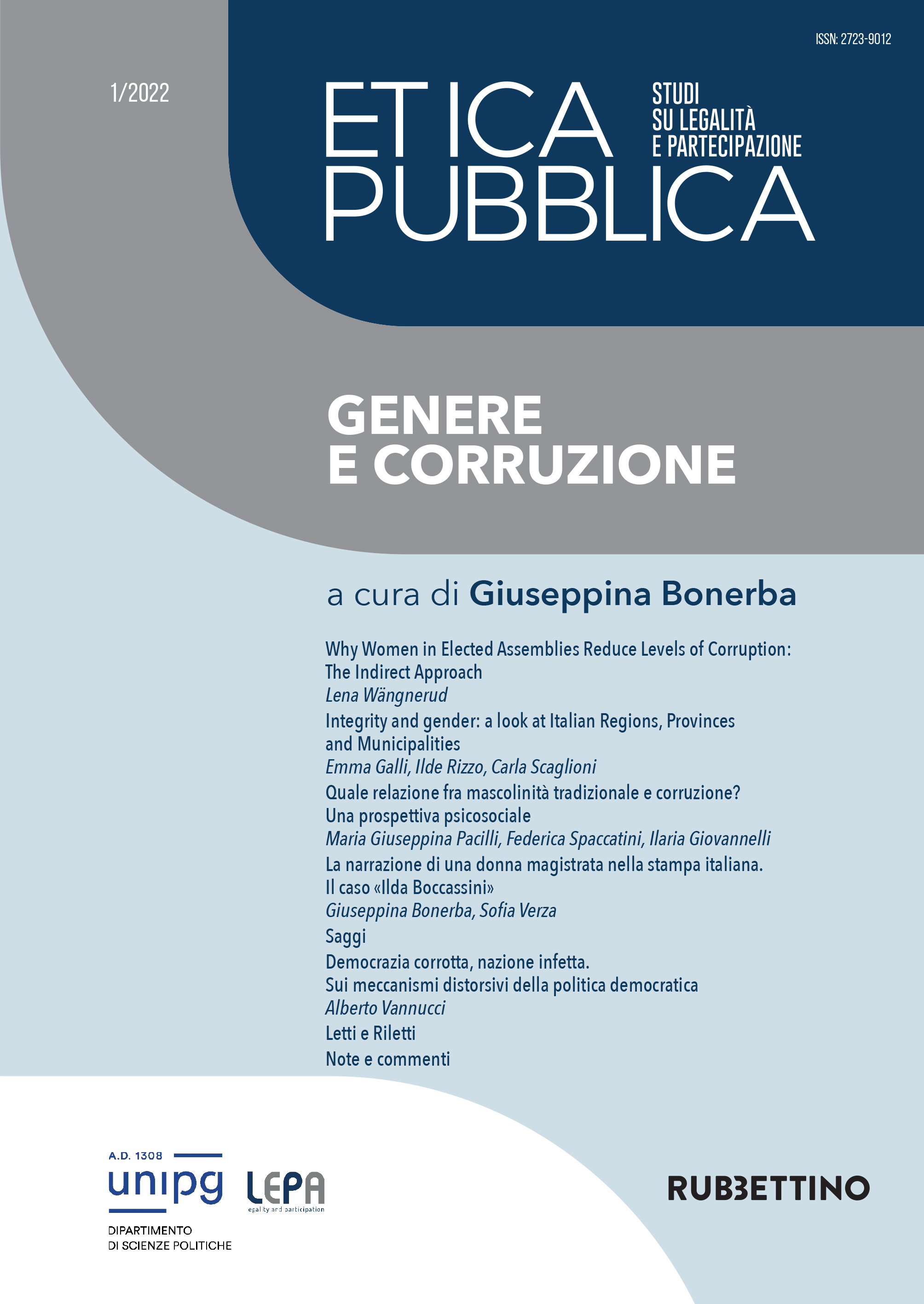Why Women in Elected Assemblies Reduce Levels of Corruption: The Indirect Approach
DOI:
https://doi.org/10.1400/290072Abstract
A consistent finding in corruption research is that the proportion of women in elected assemblies is related to levels of corruption; that is, the higher the number of women, the lower the level of corruption. This pattern appears not only in cross-country comparative research1 but also in research focusing on variation in corruption at the subna-tional level2. The mechanisms at work to produce this relationship are, however, still something of a black box. Presently, the theoretical prop-ositions dominating the field focus on personality traits (women being more honest or cautious than men), political background (women being more outsiders than men) and issue area specialization (women being more engaged in welfare issues than men) and the reasons why such factors have a dampening effect on corruption3. A common denomi-nator for these perspectives is that they theorize on the behaviour of women. This paper takes an alternative route and theorizes on plausible changes taking place among men as a result of an influx of women into political organizations. Thus the paper suggests an indirect approach to the study of the link between the proportion of women elected and levels of corruption.





